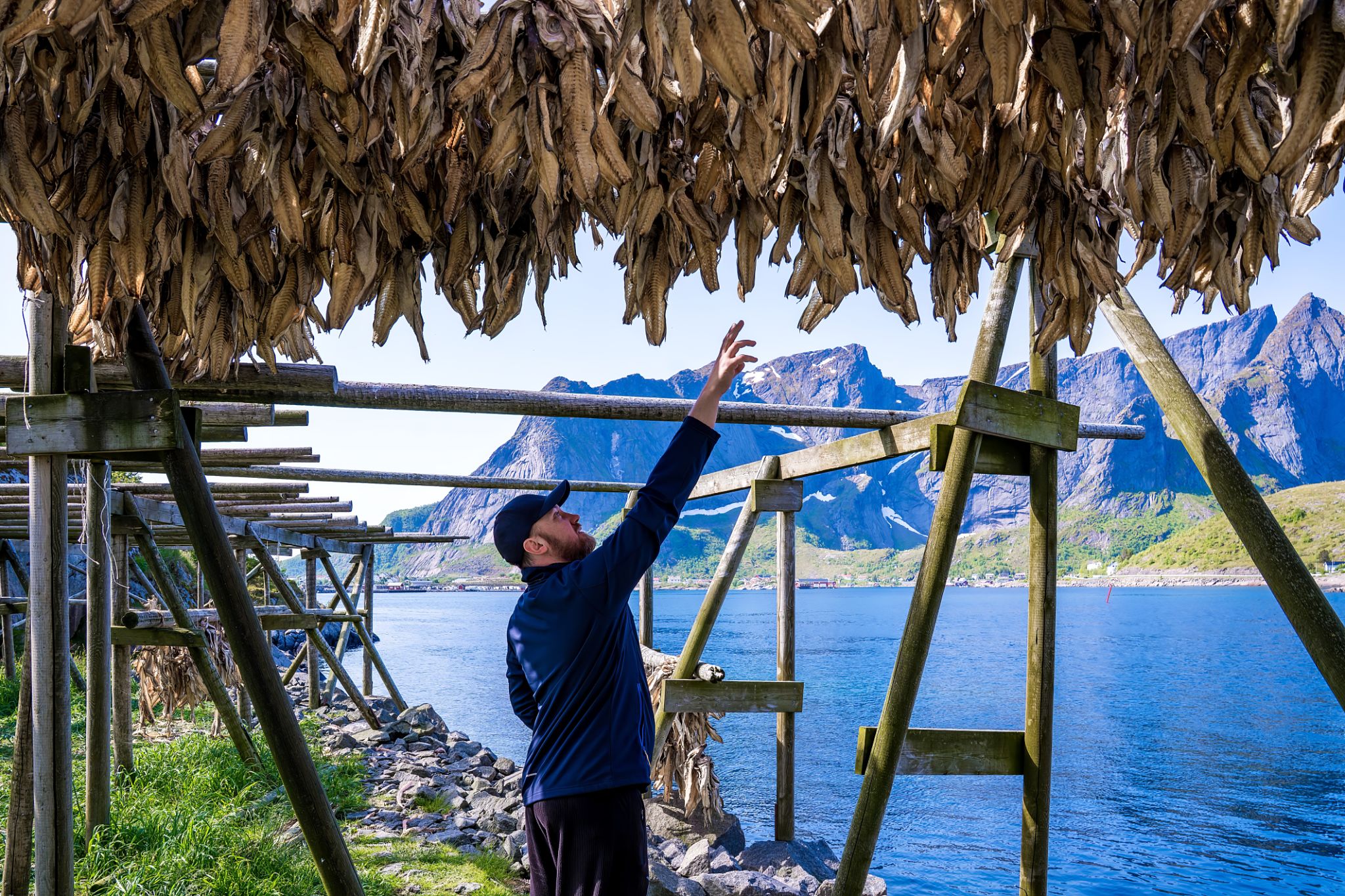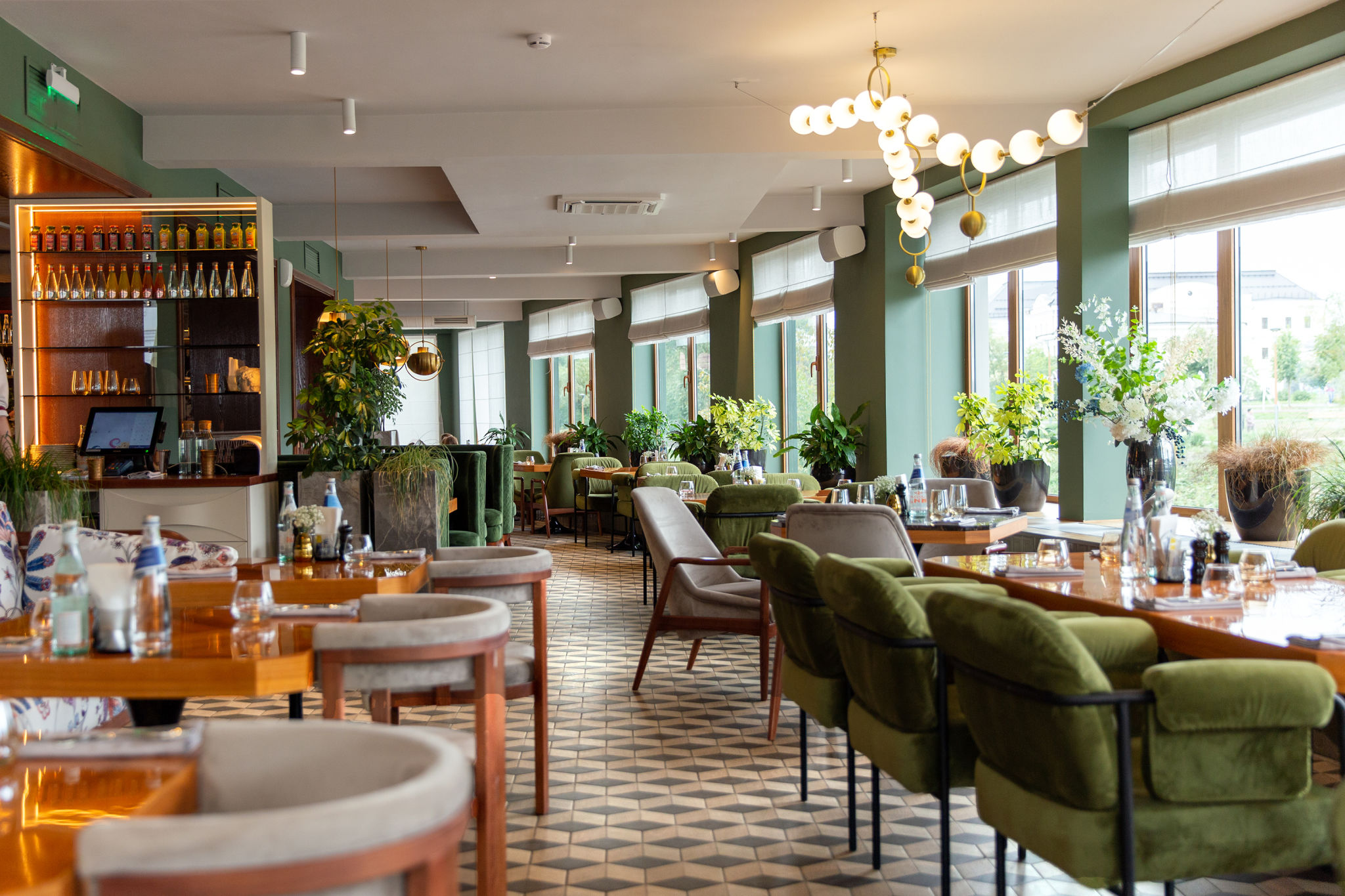Exploring the Essence of Nordic Cuisine: A Journey through Norway's Culinary Heritage
Introduction to Nordic Cuisine
Nordic cuisine, particularly that of Norway, has captured the attention of culinary enthusiasts across the globe. Known for its simplicity, purity, and freshness, Norwegian food is deeply rooted in the country's history and geography. This rich culinary tradition celebrates the bountiful natural resources found in its landscapes and seascapes.
The culinary scene in Norway is a harmonious blend of ancient traditions and modern innovation. From the rugged coasts to the lush forests, the ingredients used in Norwegian dishes are a testament to the country's commitment to sustainability and seasonality.

The Role of Seafood in Norwegian Cuisine
Given Norway's extensive coastline, it is no surprise that seafood plays a pivotal role in its culinary heritage. The cold, clean waters of the North Atlantic provide an abundance of fish and shellfish, making seafood a staple in Norwegian diets.
Dishes such as gravlaks (cured salmon) and rakfisk (fermented fish) highlight the traditional methods of preserving seafood. These methods not only enhance the natural flavors but also reflect Norway's historical reliance on preserved foods during harsh winters.

Traditional Seafood Dishes
- Sjømat: A variety of seafood dishes that showcase the freshest catches of the day.
- Klipfisk: Salt-cured cod that is often rehydrated and used in various recipes.
- Lutefisk: A traditional dish made from dried fish treated with lye, then rehydrated and cooked.
Foraging and Farming: Land-Based Ingredients
While seafood is a major component of Norwegian cuisine, land-based ingredients are equally significant. The practice of foraging for wild berries, herbs, and mushrooms is deeply ingrained in Norwegian culture. These ingredients add vibrant flavors and colors to many dishes.
Norwegian farms produce high-quality dairy products, meats, and grains. The focus on sustainable farming practices ensures that these ingredients are as fresh and wholesome as possible.

Essential Land-Based Foods
- Brunost: A caramelized brown cheese with a unique sweet flavor, often enjoyed with bread or waffles.
- Kjøttkaker: Traditional meatballs often served with potatoes and gravy.
- Lefse: A soft flatbread made from potatoes, flour, and butter, typically served with butter and sugar or savory fillings.
The Influence of Modern Gastronomy
In recent years, Norwegian chefs have been at the forefront of modern gastronomy, blending traditional flavors with contemporary techniques. This culinary evolution has brought Norwegian cuisine to an international stage, highlighting its versatility and creativity.
Restaurants across Norway are now known for their innovative use of local ingredients, offering unique dining experiences that pay homage to their roots while pushing culinary boundaries.

Conclusion: Celebrating Norway's Culinary Heritage
Exploring the essence of Nordic cuisine offers a glimpse into Norway's rich cultural tapestry. From the deep waters teeming with seafood to the fertile lands producing high-quality ingredients, Norwegian food is a celebration of nature's bounty.
Whether you're savoring a traditional dish or indulging in a modern culinary creation, the flavors of Norway invite you to embark on a journey through its history, culture, and innovation. As you explore this flavorful landscape, you'll discover that Norwegian cuisine is not just about food—it's about a way of life.
